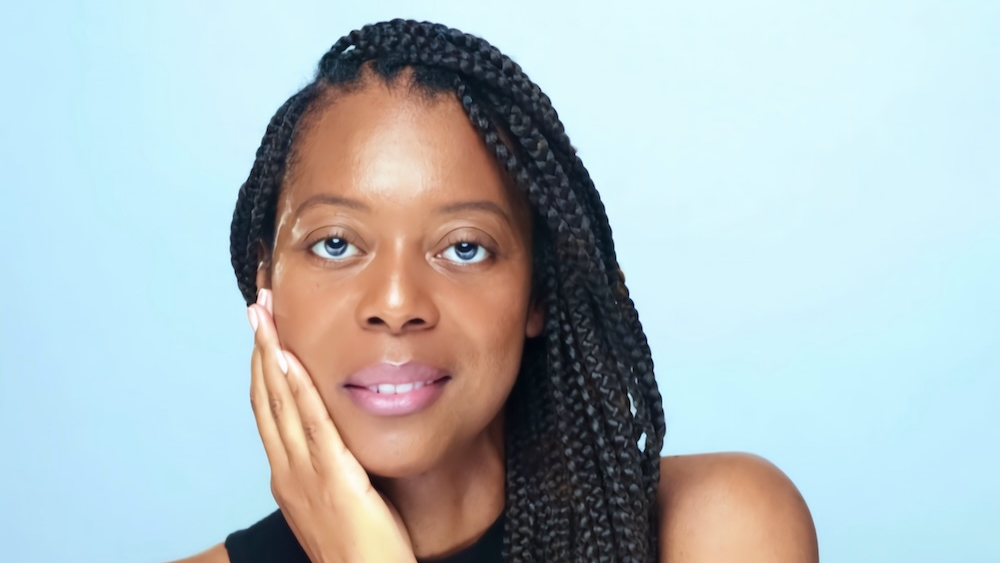Tag: AIR
How AIR’s Keisha Salmon plans to leverage mentorships and advocacy to diversify pubmedia’s audio talent ...
"We have a strong program that's … really closing that gap," says the organization’s new executive director. "But it's not supported enough ...AIR selects five teams to produce live events
Three of the five Localore Live grantees will partner with NPR member stations.Join a webinar today on audio levels with Adam Ragusea, presented by AIR and PRX
Current contributor Adam Ragusea’s July commentary “Why you’re doing audio levels wrong, and why it really does matter” has become one of ...Thursday roundup: White House honors Rehm and Tippett; Ira Glass’s favorite tools
Plus: AIR releases a Kickstarter tutorial, and a small Washington state community approves public access TV.For Localore, broadcast’s reach still dwarfs digital media, outreach
A visualization of Localore's reach, prepared by AIR.AIR, PRNDI release freelance pay guidelines for pubradio stations
The Association of Independents in Radio and Public Radio News Directors Inc. have published guidelines to assist freelance reporters in negotiating pay ...AIR, PRNDI partner on guidelines for radio freelancers
The Association of Independents in Radio and Public Radio News Directors Inc. are collaborating on a set of guidelines for local pubradio ...WYSO explores industrial city’s reinvention
The recession in Dayton provides the backdrop for ReInvention Stories, a multimedia Localore project that brought together the Association of Independents in ...NEA announces 2013 media arts grants; OVEE and AIR projects among recipients
The National Endowment of the Arts announced $4.68 million in funding to 76 media-arts projects April 23, including new grantees such as ...Austin Music Map: mapping the places where ‘music is made all the time’
The music world of Austin, Texas, is now being shared with a global audience thanks to Austin Music Map, a website developed ...Pubradio journalist wants western Colorado to ‘See Change’
For a Localore project hosted by KVNF in Paonia, Colo., Julia Kumari Drapkin set out to invert the traditional model of science ...Thinking inside the bubble: KCRW’s Sonic Trace explores roots of L.A. Latinos
Sonic Trace seeks to record stories from southern California’s Latino immigrant communities, documenting the many and varied paths they take to get ...WBEZ’s Curious City brings its inquisitive audience into the reporting action
From exploring underground tunnels to tracking the evolution of the Chicago accent, Curious City is an unconventional spin on community-based public media ...Association of Independents in Radio (AIR) Bylaws
These bylaws were approved, Nov. 15, 1988, when AIR was incorporated as a nonprofit in New York. ARTICLE ONE: MEMBERSHIP Section 1. Membership A.I.R. shall ...NPR increases pay rates for outside producers
NPR and the Association of Independents in Radio unveiled a new payment structure for news reports Jan. 1, raising rates 7.5 percent ...








